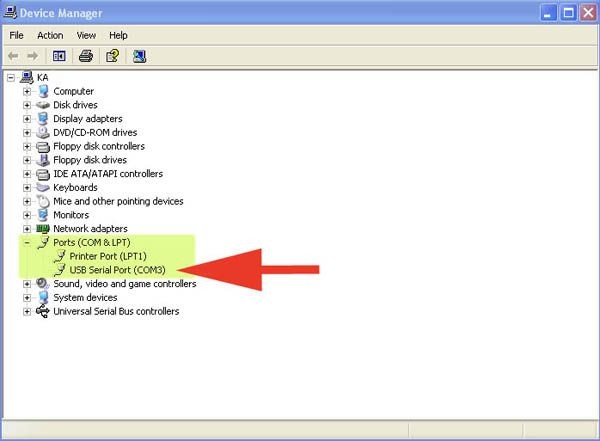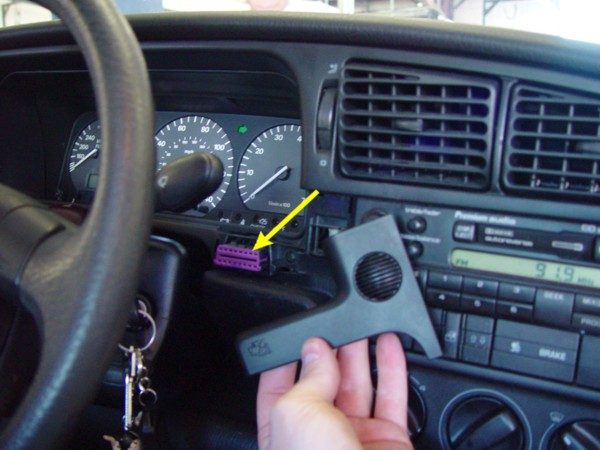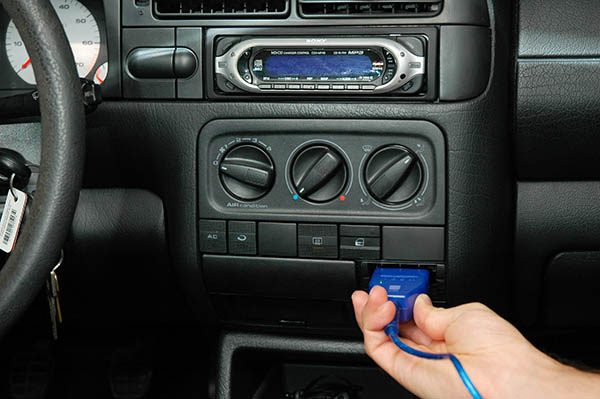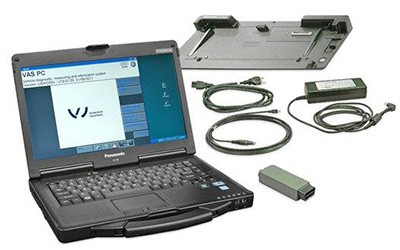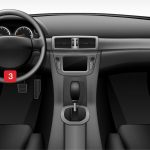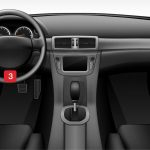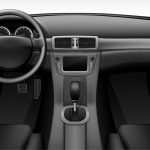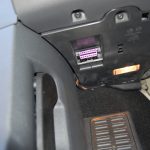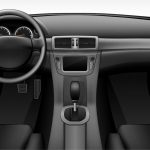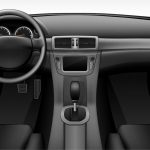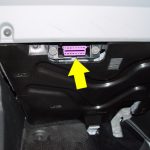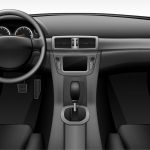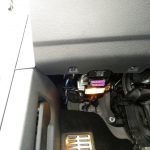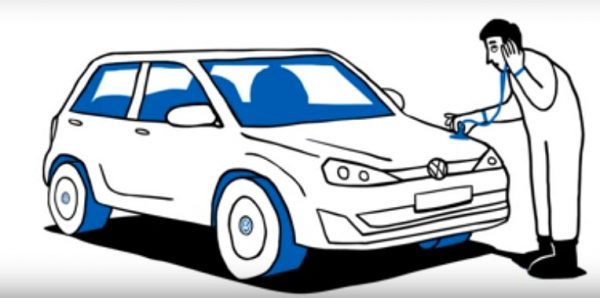
Volkswagen self-diagnosis: a simple solution to a difficult situation
Content
A modern vehicle is a complex structure that, in order to maintain a satisfactory technical condition, requires the owner to have acceptable driving experience and respect for internal components. To enjoy comfort, you should not purchase a technical laboratory from high-precision diagnostic complexes and hire staff from qualified and conscientious specialists. The automotive industry is developing and, thanks to progress, self-diagnosis of Volkswagen models allows you to find a malfunction at the stage of its inception. Through the on-board diagnostic system, the car communicates with the owner. This continuous monitoring capability eliminates major problems.
How to diagnose a car
Any car produced under the Volkswagen brand is known for its build quality and reliable operation of key units. These features allow the owner to experience true driving pleasure. Therefore, when driving a Volkswagen, the driver takes extra care in maintaining and maintaining the vehicle.

Compliance with specific terms of maintenance in the conditions of a service center or outside it gives the motorist confidence in the reliable operation of power units.
Frequency of vehicle diagnostics
The Volkswagen dealer network recommends one of two service modes, depending on the mileage: scheduled maintenance and follow-up inspection.
Scheduled maintenance recommended by Volkswagen in Russian operating conditions involves the replacement of:
- oils every 15 km;
- fuel filters every 30 km;
- spark plugs, when using low-quality fuel;
- air filter.
The regulation of this service mode is determined by a mileage of 15 thousand km or by the time of operation when changing the winter and summer seasons. At the same time, the owner of the car should not load the vehicle in excess of the permissible mass and the engine with high speeds.
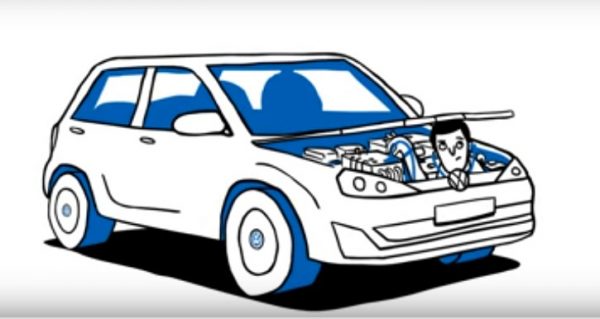
Control inspection is recommended to carry out:
- with intensive use every 5 thousand km;
- short trips in the city;
- frequent stops at intersections;
- cold start of the engine;
- long idling;
- operation in dusty conditions;
- at low outside temperatures;
- operation at full load;
- frequent hill climbs;
- driving with high acceleration and heavy braking.
Following a maintenance schedule is essential to keeping your VW in top condition. Regular monthly inspection of the vehicle will help identify minor problems. This eliminates the manifestation of significant malfunctions and reduced fuel efficiency, preventing 70% of the problems that lead to car breakdowns.
Computer diagnostics in dealerships
Over the past few years, vehicle technology has developed rapidly. And the main problem is the maintenance of electronic systems, the malfunctions of which cannot be determined visually and aurally, as was the case in previous Volkswagen models. As automation systems become more complex, the operation of the car no longer depends on the actions of the user. Instead, a system of communication with a computer has been introduced.
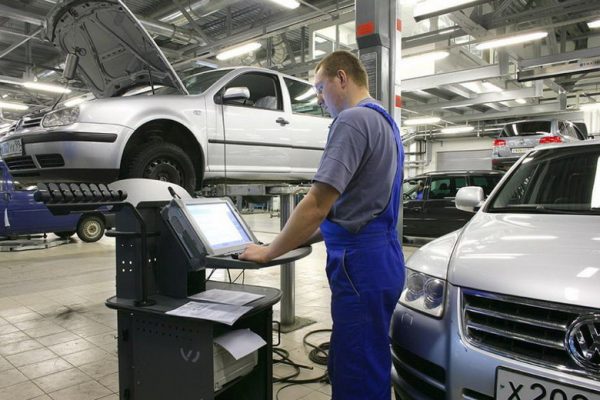
Modern vehicles require certified instrumentation and the presence of experienced technicians to properly diagnose problems. With the latest diagnostic technology, the mechanics of the service center will make the correct diagnosis by pinpointing the cause of the signaling of the main fault indicator: the "Check Engine" lamp.
The dealership is the only place that should be considered for a Volkswagen repair. In addition to exceptional customer service and attention to detail, the service center uses only original components. This is an important point, since other spare parts do not meet the strict requirements of the manufacturer. Maintenance parts should not differ in reliability and workmanship.
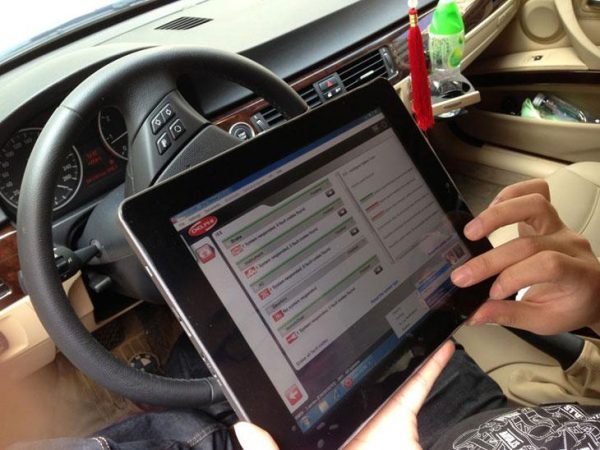
Additional benefits of computer diagnostics from a Volkswagen dealer:
- certified diagnostic devices;
- trained technicians;
- accurate diagnosis of problems;
- a clear description of the symptom of the malfunction;
- up-to-date bases of possible problems;
- analysis of specific actions of the vehicle owner before the first occurrence of an error;
- master class of topical tips;
- original spare parts;
- repair available at all Volkswagen dealers.
The interaction of electronic devices and further analysis of the parameters of internal systems help maintenance personnel to more accurately assess the operating conditions under which a malfunction occurs.
The team of technicians is always up to date with the latest automotive technology and has professional, hands-on experience with vehicles.
The dealer uses state-of-the-art diagnostic equipment to help identify the problem faster and start working on a fix. Combining cutting-edge technology with real-world experience, technicians ensure that repairs are carried out promptly and to exacting manufacturer's specifications.
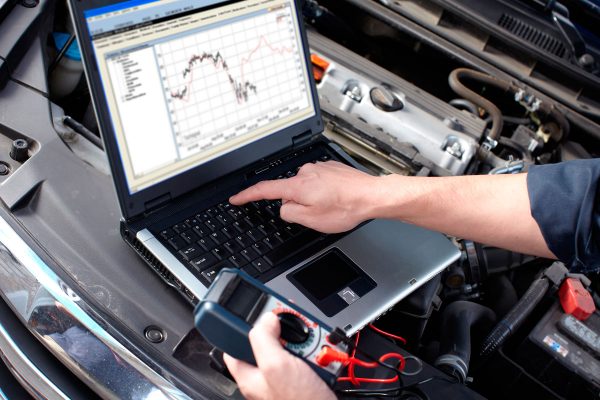
The technical specialists of the service center are responsible for the quality of the brand, using only original branded products for computer diagnostics through the OBD-2 system, which is integrated into modern cars. During temporary engine failures, the malfunction indicator on the instrument panel is activated, signaling possible problems. Some malfunctions do not significantly affect the operation of the engine and do not require appropriate measures. Connecting diagnostic tools allows you to determine the fault code stored in the electronic control unit.
The cost of diagnostic services varies depending on the complexity of the task: erase the error or identify a faulty node. The minimum price of diagnostics starts from 500 rubles.
For amateur diagnostics, you can buy expensive laces, or you can buy an excellent cord on the same aliexpress for a penny. The Chinese lace will not affect the quality of reading errors and the operation of the program. The only point is that I recommend looking for a cable with support for the Russian language, otherwise you have to dig into English. I just didn’t specify this moment when ordering, and here it is in English, in which I don’t boom-boom. I’ll immediately say that under no circumstances should Chinese cables be updated - they will die. But this is not really required.
The OBD 2 Vag com diagnostic cable works with Audi, Volkswagen, Skoda, Seat cars. The sites write that this device cannot read the errors of new models. But I want to say that I tried to diagnose the 2012 Audi models as well. Control units may not read everything, but the main thing is good. It also depends on the program you are using. English version Vag com 3.11 and Russian version "Vasya diagnostician". Naturally, in Russian it is convenient and understandable. With this diagnostic cable, you can check the system electronics for errors, make adaptations, change the engine operation parameters (I do not advise doing this, you can disrupt the engine). USB drivers must be installed before use.
The diagnostic adapter version 1.5 is mainly suitable for cars made before 2006 with a gasoline engine, but there are also rare cases that it is also suitable for new cars. As a rule, if version 1.5 does not fit your car, then version 2.1 of the adapter will do. In general, I am satisfied with the purchase, a useful adapter for little money, it costs a couple of times cheaper than one diagnostic at a service station. The only drawback is not suitable for all cars from 1990 to 2000.
Self-diagnosis of Volkswagen cars
Gone are the days when every driver could independently set the idle speed of the engine with a screwdriver. Even the good old ignition contacts have served their time.
With the introduction of the OBD-2 standard, the second generation on-board diagnostic system, monitoring of key engine operating parameters provides a diagnostic interface that indicates faulty units and sensors. Previously, reading diagnostic values was the prerogative of specialized service centers with expensive equipment.
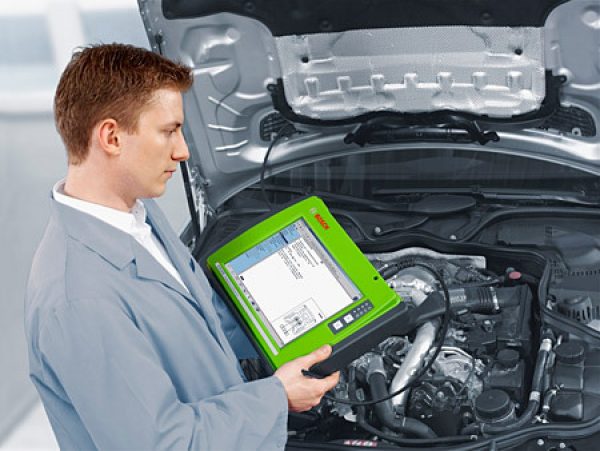
Many drivers try to solve problems on their own by buying a cheap diagnostic device. Most users simply replace the part that is reflected in the fault code without delving into the depth of the problem. Therefore, even self-diagnosis requires decent knowledge in the field of a car device, at least just being able to distinguish an OBD-II code reader from a diagnostic tool.
There are two main types of scanning tools:
- standalone pocket;
- program.
Offline scanning tools are devices that do not require a PC or laptop. They are limited in functionality and do not have advanced diagnostic functions.

The scanning software requires the connection of a computer, laptop, mobile phone or tablet with OBD parameter reading software. PC-based scanning tools have several important advantages:
- large, easy-to-read screen;
- decent storage for data logging;
- acceptable choice of software for diagnostics;
- data collection;
- complete vehicle diagnostics.
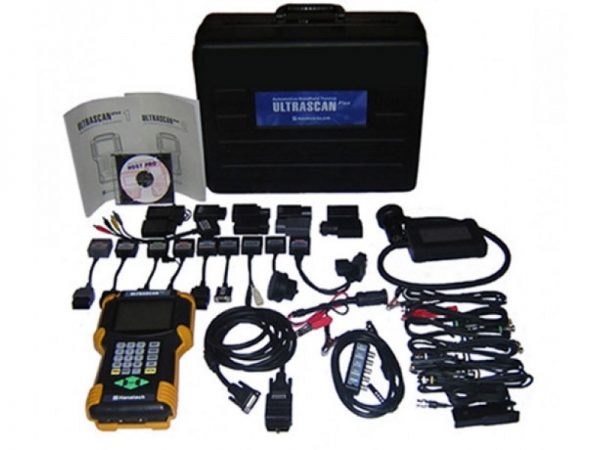
The simplest scanning tool is in the segment of cheap devices. It represents the first stage of the diagnostic process. A decent scanner option is the ELM 327. This is a device that connects to the OBD-2 port using a phone, tablet or laptop via a wireless or USB connection. The diagnostic system hardware consists of an adapter, also called a diagnostic interface. The device is powered directly from the vehicle's diagnostic socket and does not require internal power supplies or batteries.
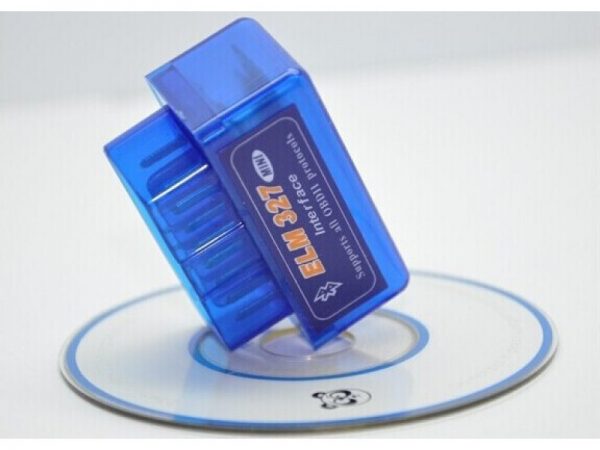
More sophisticated diagnostic tools belong to the professional generation. These devices come with free software updates that support the functions of all modules in the car, such as engine, transmission, ABS, airbag, electronic parking brake, steering sensors, air conditioning. Such devices are suitable for specialized workshops, as this equipment is prohibitively expensive.
To work, simply connect the 16-pin OBD-2 diagnostic connector, which is located on the driver's side below the steering wheel. At the same time, diagnosing problems on your own allows you to interpret fault codes and make repairs at low cost.
A simple sequence of actions when connecting an OBD-2 diagnostic tool:
- Turn on your computer or laptop without actually starting the car engine.
 To successfully activate the adapter, it must be initialized in the computer settings
To successfully activate the adapter, it must be initialized in the computer settings - Install the drivers and software from the included CD.
 When connecting via a USB cable, you must configure its connection with a computer
When connecting via a USB cable, you must configure its connection with a computer - Locate the 16-pin diagnostic connector, which is usually located under the dashboard near the steering column.
 In the Passat, the connector is covered by a panel
In the Passat, the connector is covered by a panel - Plug the diagnostic cable into the USB port of your laptop or PC. You can use a separate wireless device to communicate with the onboard computer.
 When connecting, carefully insert the device to avoid breaking the adapter
When connecting, carefully insert the device to avoid breaking the adapter - Insert the appropriate basic scan tool into the vehicle's OBD-II diagnostic socket.
- Turn the ignition key and start the engine to initialize the OBD-2.
- The scan tool will ask for vehicle information, including VIN, vehicle model, and engine type.
 The operation of the scanning device via a PC represents the most efficient way to read errors.
The operation of the scanning device via a PC represents the most efficient way to read errors. - Following the on-screen instructions, press the scan button and wait for the diagnostic results to return with the identified problems.
- At this point, the opportunity will be given to read and erase fault codes, view engine data in real time for an in-depth and comprehensive study of the vehicle's functional systems.
 When the program is activated, various vehicle parameters are available for reading to the user
When the program is activated, various vehicle parameters are available for reading to the user - Be sure to clear all trouble codes from the car's memory before starting it.
- Disconnect the cable in reverse order.
Selection of adapters for diagnostics
When there is a problem with a vehicle, system monitoring using a scan tool indicates the direction of troubleshooting. There are many scanning tools on the market. Some scanners simply display the fault code without a detailed description. But the manifestation of one error can be influenced by several vehicle systems. The above code does not necessarily give the consumer the root cause of the problem. Without an appropriate description, it is not possible to know what course of action to take at the end of the diagnostic procedure. Using a scanning tool that not only gives a code but also a description of the problem increases the chances of troubleshooting.
Types of diagnostic scanners and adapters:
- PC based scanners. PC-based automatic scanners are available on the market. These are effective systems for diagnosing and troubleshooting problems in the car. Adapters of this type offer in-depth diagnostics. They are fully applicable to vehicles of all models and in most cases are sufficient for troubleshooting.
 The diagnostic adapter comes in an extended kit with a cable, a database and a license agreement with full access to the car's internal systems.
The diagnostic adapter comes in an extended kit with a cable, a database and a license agreement with full access to the car's internal systems. - OBD-II Bluetooth scanners. The systems work via smartphones or tablets using a Bluetooth connection. These scanners even work with computers and serve as an advanced scanning tool capable of detecting, notifying and fixing any motor or sensor problems. This type of model is suitable for use at home, DIY enthusiasts and small repair shops.
 Connecting the device with the vehicle's ECU provides performance analysis of the main components and reading faults
Connecting the device with the vehicle's ECU provides performance analysis of the main components and reading faults - hand scanners. Manual auto scanners are used primarily by professionals and mechanics to detect and diagnose problems with the engine, brakes, and even transmission systems of a car. These are advanced devices with the best and most informative data display. The system is supplied as a set and includes a power supply, a cable for data transfer, and an additional battery.
 Connecting the device increases the car owner's chances for high-quality repair work on faulty components
Connecting the device increases the car owner's chances for high-quality repair work on faulty components
With many variations of diagnostic tools on the market, it's important to find the right adapter for your vehicle's needs. If you are looking for a scan tool that can simply read and erase diagnostic trouble codes, then the cheapest tool is a great option. Its advantages:
- adapter connects to most cars;
- the tool is light in weight;
- the lack of buttons makes it easy to use;
- easily diagnose faults;
- the user is informed about the presence of malfunctions before contacting the repair shop.
One disadvantage of a cheap adapter: the code reader is characterized by limited functionality.
Basic features of an ideal OBD-II scanner:
- the smallest delay in reflection of indications;
- instant results with great accuracy;
- compatibility for any model;
- convenient device for the user;
- clear and informative system;
- data storage function;
- works on all platforms without failures and errors;
- software update;
- bright screen display;
- alternative power supply;
- the scanner is equipped with a wireless connection;
- product with a manufacturer's warranty.
Choosing the right OBD-II scanner is a strenuous task and requires thorough research in this area. The various products presented on the market by quality brands are beneficial in their own way and in some respects their presence is not justified. Thus, there is no product that fits all criteria. Because requirements also vary from client to client, manufacturers cannot design a product that fits everyone the same.
Many car owners tend to opt for Bluetooth devices because they communicate with mobile phones. They are characterized by fast performance, providing useful information about the car. The use of this type of device is a key advantage of continuous monitoring for rapid response when failures occur.
Location of the diagnostic connector
After solving the problem with choosing an adapter, the next question is finding a diagnostic connector for connecting a scanning device. In older vehicles equipped with OBD-I systems, these connectors are located in places convenient for the manufacturer: under the dashboard, in the engine compartment, on or near the fuse box.

OBD-I diagnostic connectors also come in various shapes and sizes. To connect, you should determine the type of plug in the car's operating device in order to get an idea of \uXNUMXb\uXNUMXbwhat to look for in terms of the size and shape of the diagnostic connector.
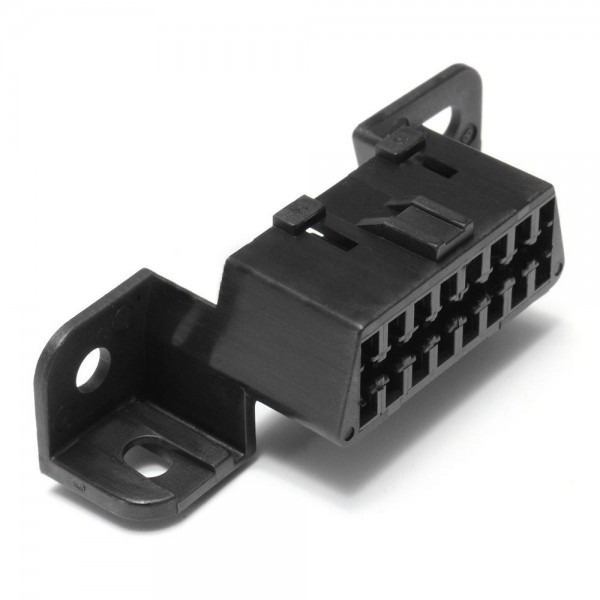
Since 1996, vehicles have been equipped with an OBD-II connector. It is usually located on the dashboard to the left of or below the steering column. Position may vary from one model to another. In some cases, the diagnostic connector is covered by a panel or plug. The appearance of the connector is a rectangular connector containing sixteen contacts arranged in two rows of eight.
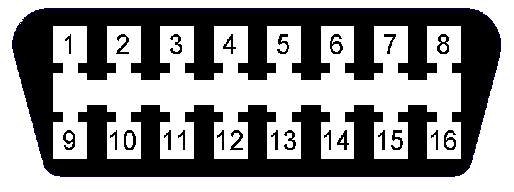
Table: OBD-2 connector pinout
| Contact number | Name |
| 1 | at the discretion of the vehicle manufacturer |
| 2 | SAE J1850 line (bus +) |
| 3 | at the discretion of the vehicle manufacturer |
| 4 | earthing |
| 5 | signal ground |
| 6 | SAE J2284 (high CAN) |
| 7 | K-line ISO 9141-2 and ISO/DIS 4230-4 |
| 8 | at the discretion of the vehicle manufacturer |
| 9 | at the discretion of the vehicle manufacturer |
| 10 | SAE J1850 line (bus -) |
| 11 | at the discretion of the vehicle manufacturer |
| 12 | at the discretion of the vehicle manufacturer |
| 13 | at the discretion of the vehicle manufacturer |
| 14 | SAE J2284 (low CAN) |
| 15 | L-line ISO 9141-2 and ISO/DIS 4230-4 |
| 16 | Power supply +12 volts |
In rare cases, the OBD-II diagnostic connector may even be located in the center console area behind the ashtray or in the floor tunnel. The specific item is usually written down in the instruction manual to make it easier to find it.
Carefully insert the OBD-II scanner into the diagnostic socket. It should go in tightly, without much effort. In case of difficulties, it is worth turning the device over, since the OBD-II connectors are designed in such a way that they cannot be connected the other way around. Special diligence can damage the contacts, so you should immediately orient the adapter correctly before plugging it into the connector.
If the OBD-II connector is in an inconvenient location, then an additional cable may be required, as the location of the block under the steering column at the driver's knees can damage the massive interface device.
Photo gallery: locations of the diagnostic connector in different Volkswagen models
-

- In VW Eurovan 2005, the diagnostic block is located under the steering column
-

- In fact: you can provide free access to the diagnostic block
-

- In VW Golf 2006, the diagnostic connector for connecting the adapter is located as follows
-

- In fact: an open diagnostic connector is located to the left of the steering column
-

- In the 2006 VW Jetta, the diagnostic block is located closer to the door
-

- In fact: the open door provides convenient access to the block
-

- VW Phaeton 2006: standard pad location to the left of the steering column
-

- In fact: the presence of various components does not limit access to the connector
-

- In the updated Beetle model, the block is placed in the usual place: to the left of the driver
-

- Actual connector location in a 2010 VW Beetle: diagnostic connector fixed to the dashboard housing with open access
-

- The diagnostic block takes its usual place: in the region of the left knee of the driver
-

- In fact: the absence of covers and restrictive devices provides direct access to connect the adapter
Diagnostic programs
The ability of the vehicle to transmit information about the functioning of internal systems allows the repair specialist to have full access to the status of components and assemblies. The amount of diagnostic information available via OBD has varied considerably since its inception in on-board computer versions. Early versions of OBD simply signaled faults when problems were found, without providing detailed information about the nature of the faults identified. The current implementation of OBD uses a standardized digital communication port to display real-time data with detailed fault descriptions, allowing you to quickly identify and repair vehicle breakdowns.
Cheap OBD-II Bluetooth adapter model ELM 327 does not have a built-in program for car diagnostics. To work, you need to install a program on a mobile device that allows you to determine the communication protocol with the vehicle's electronic control unit.
Video: OBD-II Bluetooth diagnostics of the VW Polo Sedan engine with the Torque program
Various diagnostic programs for Volkswagen Polo and other models of this brand that comply with OBD-II standards and communication protocols are available for purchase. When choosing, you should focus on devices designed for use in a series of VAG models. These adapters are designed to connect with VW, AUDI, SEAT and SKODA vehicles belonging to Volkswagen AG.
Most diagnostic cables and adapters come with a software package, a license key, and the ability to upgrade to the latest current version. Some versions of the programs are available for download on the Internet at http://download.cnet.com/ and http://www.ross-tech.com/. Programs differ in built-in functionality and belonging to the system: Android, iOS and PC.
Companies that sell licensed adapters with the appropriate programs warn: 99% of VAGCOM diagnostic tools are the result of cloning original products. Testing carried out in the company's conditions confirmed that a significant part of the VAG series adapters and software have been hacked and modified. These actions have a negative impact on the performance of devices with a likely decrease in the functionality of the car up to 40%.
Video: Smartphone-based connection and operation


Watch this video on YouTube
Diagnostic cable
For full interaction with the on-board diagnostic system of the vehicle, it is important to have a certified scanning tool. But, the types vary depending on the manufacturers of scanners and an additional cable is required to connect them to the OBD-2 plug. The use of a standard vehicle communication interface allows for versatile diagnostic applications.


Carrying out diagnostic work allows you to determine the malfunction as accurately as possible. This eliminates paying a large commission to the mechanic for analyzing the condition of the machine. The cable used is a necessary car accessory for portable connection to the car of a laptop with OBD software. The included program interface displays detailed vehicle data, detecting faults and problems.
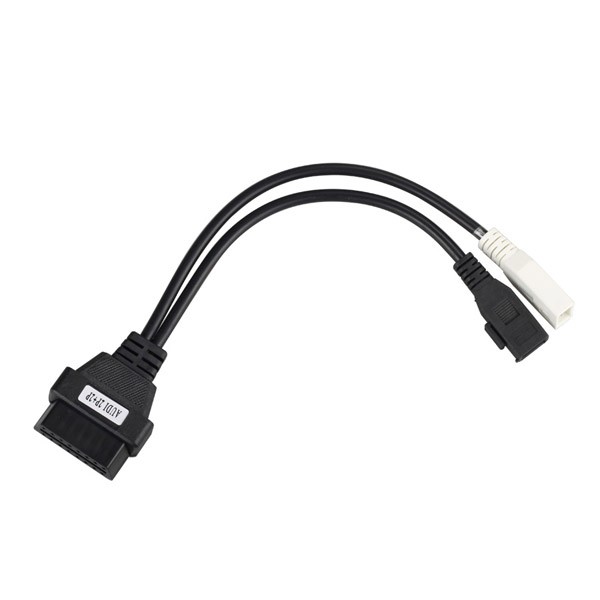

Table: possible malfunctions when connecting a cable or adapter
| Malfunction | Cause | Action |
| Adapter won't connect |
|
|
| No communication with the vehicle. A connection error message appears. |
|
|
| The message "Unable to determine the type of control unit" appears. | The device does not match the vehicle model. | If the device is certified by the manufacturer, update the program. |
Safety instructions
- Diagnosis should be carried out in a well-ventilated room equipped with a ventilation system suitable for car repair shops. The engine emits carbon monoxide - it's a gas. odorless, slow-acting, poisonous. Inhalation can cause serious injury or death.
- Likely injury. Before starting work, you must set the car to the parking brake. For front wheel drive vehicles, brake pads must be used because the parking brake does not block the front wheels.
- Diagnostics of the car by the driver while driving is prohibited. The driver should not carry out diagnostics on the move. Carelessness can lead to an accident. Diagnostics must be performed by the passenger. Do not place the device or laptop in front of you. If the airbag deploys, injury may result. Do not run airbag diagnostics while driving, as unintentional airbag deployment is likely.
- When diagnosing in the engine compartment, keep a safe distance from rotating parts that could snag cable, clothing, or body parts that could cause serious injury.
- When connecting electrical parts, always turn off the ignition.
- Do not place the device on the car battery. Doing so may cause a short circuit and result in personal injury and equipment or battery damage. To prevent equipment damage, make sure the battery is fully charged and the connection is secure.
- Make sure the parts of the engine you are working on are cold so you don't burn yourself.
- Use insulated tools for electrical work.
- Before working on the vehicle, remove rings, ties, long necklaces, and other jewelry, and tie back long hair.
- Keep a fire extinguisher handy.
Advances in vehicle technology have led to the complexity of vehicles, requiring specialized diagnostic tools. One of the important features is the ability to read stored fault codes. The use of scanning tools gives access to data from various sensors, which allows car owners to diagnose Volkswagen themselves.



